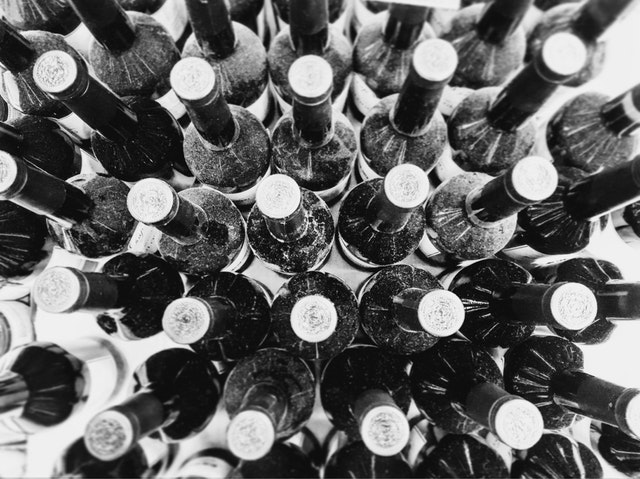
50 Years Ago: Alcoholism Committee head against liquor sales on rez

While other tribes have allowed liquor sales on their reservations and it has worked out well for them, it wouldn’t work here on the Navajo Reservation, said Benjamin Hogue.
In 1968, Hogue was a Council delegate from Burnham as well as head of the tribe’s Alcoholism Committee.
The Navajo Times approached him because of the continuing debate that had been going on for more than two months on whether liquor sales should be allowed on the reservation.
Hogue said he had studied the issue from both sides for more than a year and had come to the conclusion that allowing liquor sales on reservation would just make the problem worse.
Yes, other tribes have done it, he said, but none of those tribes was as large or had such a vast territory as the Navajos, he said.
“The Navajo police can’t control the bootleggers. How are they going to be able to monitor liquor establishments?” he said.
The supporters of liquor sales, knowing that the majority of Navajos were against the idea, had recently proposed having a pilot project, allowing sales in either Tuba City or Shiprock for a one-year period and using this to determine if it should be implemented reservation-wide.
Hogue said he opposed this because it would create severe road problems in that area, given the fact that reservation roads are two-laned and vast stretches are not lighted, creating the likelihood that traffic fatalities would sharply increase due to Navajos from outlying chapters buying liquor then drinking it as they head home.
“The alcoholism problem is getting worse every year,” he said.
He blamed schools on the reservation for not doing enough to encourage students not to drink, adding that too many parents are drinking and this sets a poor example for their children.
He pointed out that in 1941, there were 385 arrests for disorderly conduct. In the last six months of 1967, there were 4,313 disorderly conduct arrests made.
He said that nutritionists may be right when they say that traditional Navajo foods such as mutton, fried bread and potatoes may be so high in starch that they delete vitamins from the body and make the person more prone to wanting liquor.
In other news, the Navajo Tribal Council had begun budget hearings in preparation for the new fiscal year, which began on July 1, and department directors for the tribe were not happy.
The tribal budget for 1967-68 was $16.5 million, requiring the tribe to dip into its reserves by almost a million dollars, which did not make Chairman Raymond Nakai very happy.
So he instructed all of the department heads to reduce their budgets for the coming year by between 10 and 15 percent, realizing that the Council would find reasons to spend an additional million or so during the year.
Some department heads said this would force them to lay off some people and make it impossible to give anyone raises for the year, but Nakai had promised that there would be no layoffs and that tribal employees would be getting raises, which made it even harder for department heads to comply with Nakai’s wishes.
If truth be told, much of the problem was caused by Nakai in the first place.
Since winning re-election in 1966 and finally having a Council that would do what he wanted, he had begun fulfilling his campaign promises by adding new programs and increasing the staff for others.
In its front page article on the subject, the Times said that the members of the Budget and Finance Committee had been calling in each department had been finding ways to reduce their budgets without having to lay off any employees.
And finally, there was good news for the residents of Shiprock this week.
A 30-mile water pipeline between Farmington and Shiprock was expected to be complete by the end of the month. Constructed at a cost of $3.5 million, the water was needed because of increased needs of Shiprock businesses.
Tribal officials had been doing studies, which indicated that Shiprock, already one of the biggest chapters on the reservation, would grow by more than 200 percent over the next 15 years and would become a shopping mecca on the reservation with shopping centers, movie theatres and restaurants.
To read the full article, pick up your copy of the Navajo Times at your nearest newsstand Thursday mornings!
Are you a digital subscriber? Read the most recent three weeks of stories by logging in to your online account.








 Highway 264,
Highway 264, I-40, WB @ Winslow
I-40, WB @ Winslow